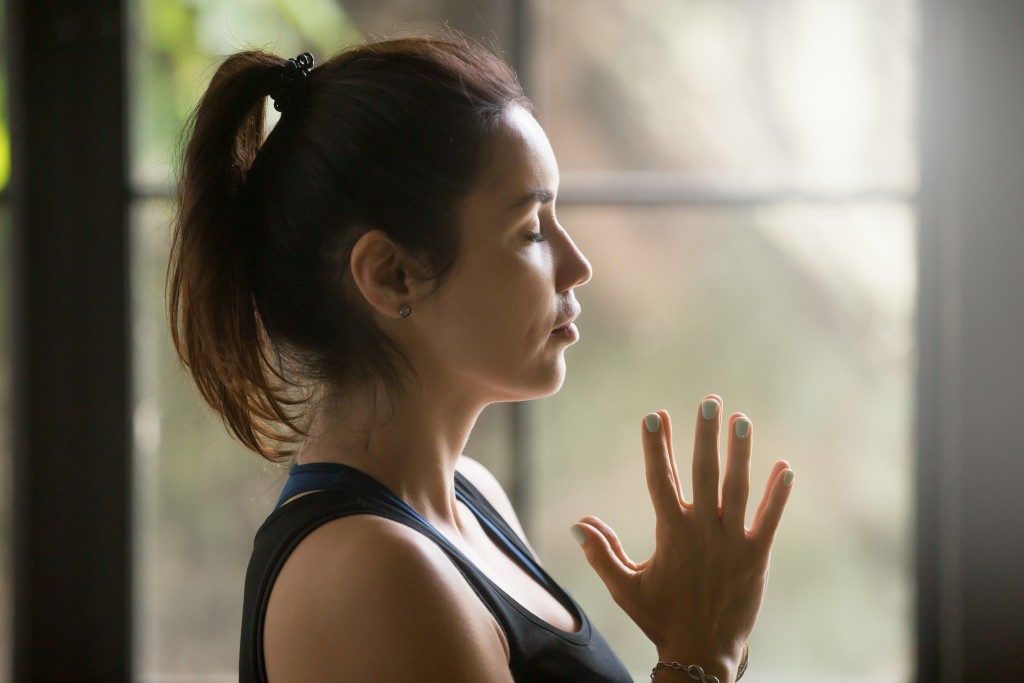Our world has become so fast-paced, loaded with information, and productivity-driven, that we’ve reached a point where things like mindfulness have become a buzzword. You’ve probably felt the need to disconnect for a while and take a break from the stress and fatigue of everyday living. But we don’t all get to take long vacations anytime we want. Here’s how you can do a meditation retreat at home to find your center and regain peace and balance.a
Plan with intention
The first step in a meditation retreat is to find intention. Having an intention is vital to giving yourself permission to take time and become self-centered.
Stress and exhaustion are mere symptoms; everyone has their own unique, underlying causes. Begin by thoughtfully examining the reasons driving your need to retreat. You can set them down in a journal if you find that helpful. Try to identify what you feel is the most important reason and make that your focus of meditation.
Block out time
Your next step should be setting aside a definite time for this to happen. Whether you plan on a short retreat of 4-5 hours or a whole day or two, it’s important to schedule it on your calendar and inform the people in your life. Doing so creates accountability and helps you to follow through on the commitment, avoiding any last-minute changes in plans due to things that suddenly came up at work.
The retreat should be respected, like an event or business meeting. If you live with other people in the house, make sure to set boundaries so that they won’t disturb you unless it’s an emergency. Make it clear that your place of retreat should be undisturbed and kept as peaceful as possible.
Create a space
Identifying the place in your home that will make for an ideal retreat can be easy or challenging. Garden rooms can provide the perfect environment, putting you in the presence of nature within the home setting. Or you can simply find the least used room in the house, clear out the clutter, and prepare it for the day. In case you travel a lot, you may find that hotels or guest houses have suitable facilities. What matters is that your space can maintain silence and be free of commotion, especially in a busy area.
If you plan to include walking in your meditation, see to it that your route around the house is similarly peaceful. Likewise, if a yoga session will be a part of your schedule, make sure that you’ve got enough floor space to engage in various poses comfortably.
Prepare necessities

The key to a meditation retreat is setting yourself up to be free of distractions and concerns for a period of time, and preparing everything you need in advance is a big part of that. Even for a shorter retreat, you may want snacks. Cook a light meal, vegetarian, if possible. Use healthy ingredients and avoid sugary food or stimulants, such as coffee.
Anything that helps you enter the right mindset is helpful, so set up a mat or comfortable cushions. Scented candles or incense, or even an altar to give you focus, can all help create the perfect environment. In the same vein, clear your space of everything that disrupts the meditation. Electronic devices should be out of sight and out of reach, your auto-responses, and ‘Do Not Disturb’ features set.
When you can find the time and space to do a meditation retreat with focused intent, you’ll be able to regularly recharge at home and face the next week’s challenges renewed.







